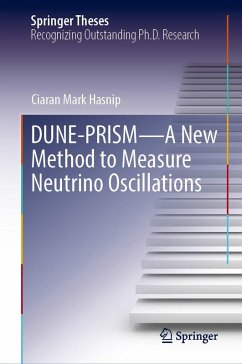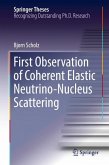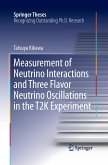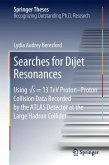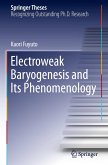This book is a revolutionary new method to measure neutrino oscillation parameters in accelerator-based long-baseline experiments. In traditional experiments, a beam of muon neutrino is sent over a distance of several hundred kilometres and the neutrino beam composition is measured with a set of detectors very close to the production point to evaluate the original beam composition and a far detector to evaluate how this composition has changed. To perform these measurements, both the neutrino flux and their interaction cross section must be known. Dr. Hasnip developed a new method using a near detector system that is movable transverse to the beam direction. Sampling the beam at many different off-axis positions, he predicted predict the neutrino spectrum directly from the near detector data with a much-reduced dependence of the neutrino cross section. He developed the method in such a way that both the disappearance of muon neutrinos as well the appearance of electron neutrino can be predicted with reduced systematic uncertainties. He developed this so-called PRISM method in the context of the future DUNE experiment, but it will have applications for both short- and other long-baseline experiments. It is an essential tool for oscillation measurements of the next generation of precision experiments. Dr. Hasnip developed and implemented these methods in a common analysis structure and educated the collaboration about its advantages. His work convinced the collaboration and funding agencies to enlarge the underground experimental hall and make the near detectors movable, something which originally was not foreseen. This is an impressive piece of work, which will have lasting impact on neutrino oscillation experiments.
Bitte wählen Sie Ihr Anliegen aus.
Rechnungen
Retourenschein anfordern
Bestellstatus
Storno

